The Global Oil Well Cement is currently characterized by a competitive landscape that is both dynamic and multifaceted. Key growth drivers include the increasing demand for energy, the expansion of oil and gas exploration activities, and the ongoing advancements in cement technology. Major players such as Halliburton (US), Schlumberger (US), and Baker Hughes (US) are strategically positioned to leverage these trends. Halliburton (US) focuses on innovation and technological advancements, particularly in enhancing cement formulations to improve well integrity. Meanwhile, Schlumberger (US) emphasizes digital transformation, integrating data analytics into its operations to optimize cementing processes. Baker Hughes (US) is actively pursuing partnerships to expand its service offerings, thereby enhancing its competitive edge. Collectively, these strategies contribute to a competitive environment that is increasingly reliant on technological innovation and operational efficiency.
In terms of business tactics, companies are localizing manufacturing to reduce costs and improve supply chain efficiency. This approach is particularly evident in regions with high oil production, where proximity to customers can significantly enhance service delivery. The market structure appears moderately fragmented, with several key players holding substantial market shares while also facing competition from smaller, regional firms. The collective influence of these major players shapes market dynamics, as they continuously adapt to evolving customer needs and technological advancements.
In August 2025, Halliburton (US) announced the launch of a new line of eco-friendly cement products aimed at reducing the environmental impact of oil well operations. This strategic move not only aligns with global sustainability trends but also positions Halliburton (US) as a leader in environmentally responsible practices within the industry. The introduction of these products is likely to attract environmentally conscious clients and enhance the company's reputation in a market increasingly focused on sustainability.
In September 2025, Schlumberger (US) unveiled a new digital platform designed to streamline cementing operations through real-time data analytics. This platform is expected to enhance operational efficiency and reduce costs for clients by providing actionable insights during the cementing process. The strategic importance of this development lies in its potential to set a new standard for operational excellence in the oil well cement sector, thereby reinforcing Schlumberger's (US) competitive position.
In July 2025, Baker Hughes (US) entered into a strategic partnership with a leading technology firm to develop advanced cementing solutions utilizing artificial intelligence. This collaboration aims to enhance the precision and reliability of cementing operations, which is critical for well integrity. The significance of this partnership is underscored by the growing trend towards AI integration in the oil and gas sector, positioning Baker Hughes (US) at the forefront of technological innovation.
As of October 2025, current competitive trends in The Global Oil Well Cement are increasingly defined by digitalization, sustainability, and the integration of advanced technologies such as AI. Strategic alliances are playing a pivotal role in shaping the landscape, enabling companies to pool resources and expertise to drive innovation. Looking ahead, competitive differentiation is likely to evolve from traditional price-based competition to a focus on technological advancements, innovation, and supply chain reliability. This shift underscores the importance of adaptability and forward-thinking strategies in maintaining a competitive edge in a rapidly changing market.
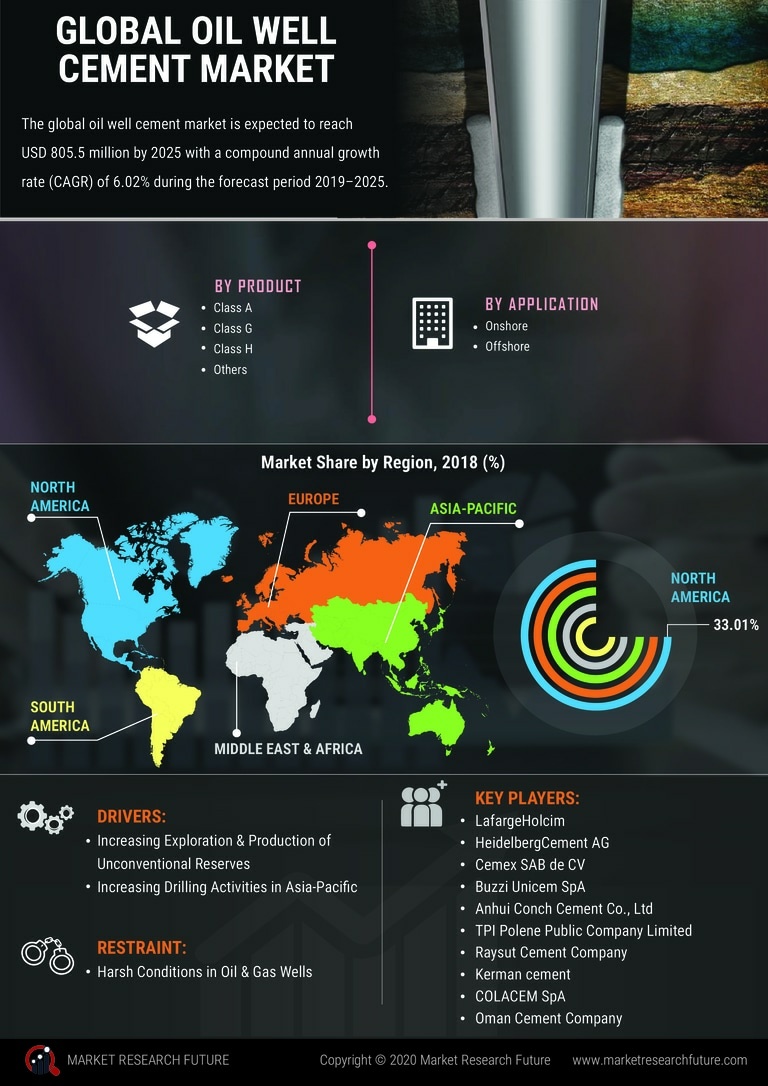

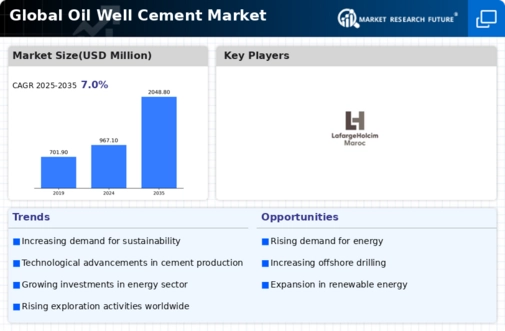
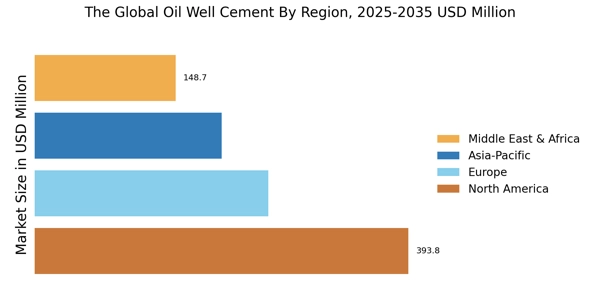

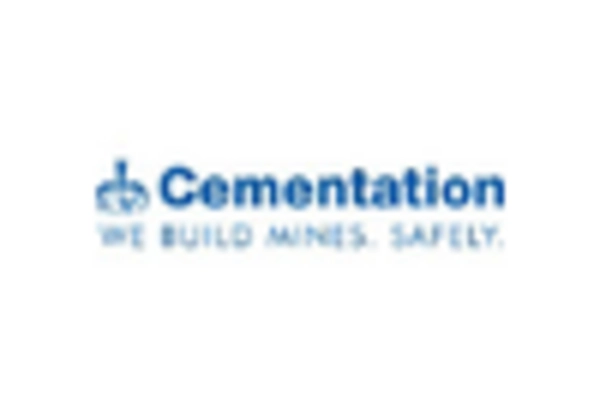
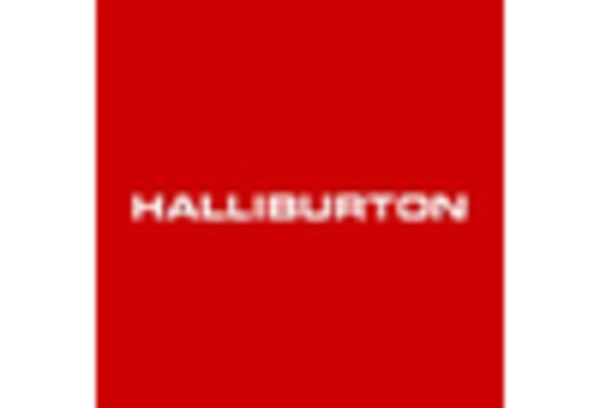
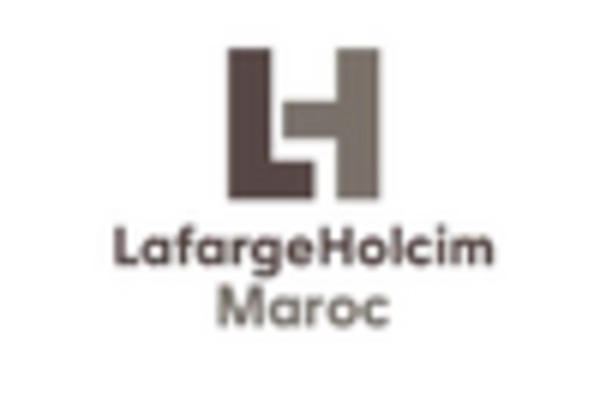
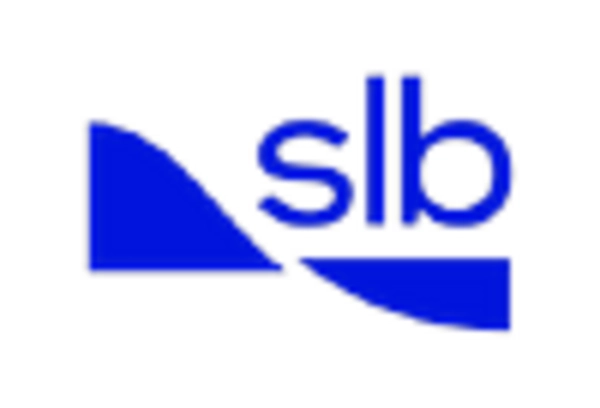
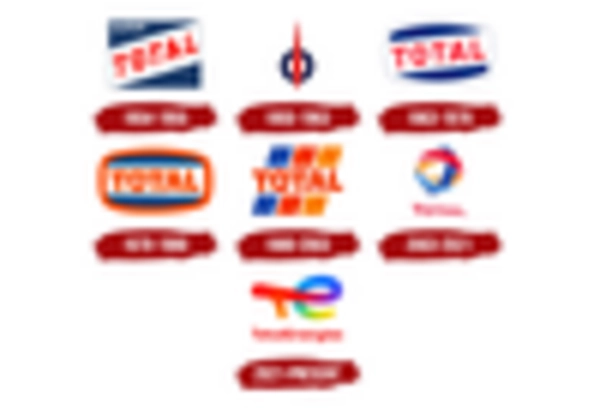








Leave a Comment